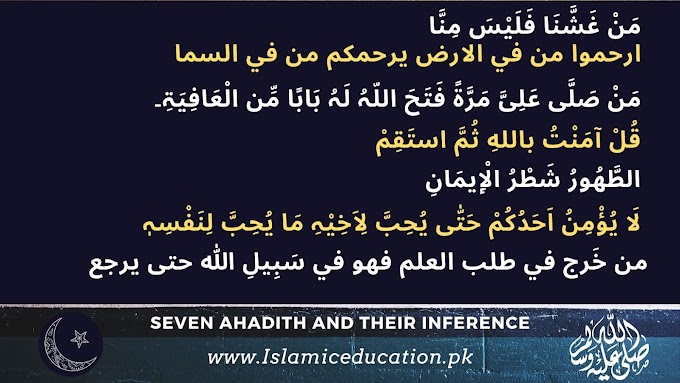Technology in Islamic Education
Contemporary technology provides new avenues for Islamic education that aid students and teachers alike to utilize this easy access medium for supporting and learning. And learning, for those who have technology, can extend outside of the classroom, providing more flexibility to learners and opportunities to engage students and scholars across the world. With smart technological integration, teaching of Islam is becoming more interesting, interactive, and available for all the parties.
Expanding Access to Knowledge
Technology is breaking down ancient barriers to Islamic learning. Students in the remote region who had lived beyond the reach of classes, lectures and resources were now just a few clicks away. Good Islamic learning is not only subject to location and/or access to physical brick and mortar big library now a days. Libraries of information, streaming video lessons, and e-reading are used to:
· Read holy scriptures in translation or the original Arabic
· Access collections of tafsir from reputable scholars
· Online reading of hadith collections, commentaries and classical works without a need to download huge files or libraries
This expanded access makes it possible for people to find teachers, ask questions and practice their faith more confidently.
Supporting Teachers with Digital Tools
It is easier to teach Islamic subjects with digital resources. Teachers can plan their curriculums with prefabricated slides, audio recordings and interactive apps. These resources also limit preparation time and help students become more engaged in what they're learning. Teachers may use:
· Digital whiteboards for live explanations of Quran verses or fiqh issues
Apps to generate quizzes and flashcards for memorization practice
· Such platforms as Google Classroom for organizing materials, sharing assignments and tracking progress
By blending the age-old with the contemporary, we free teachers to do what’s most important — helping students develop knowledge and strong character.
Fostering Interactive and Personalized Learning
Students learn and learn at different paces. Schools can use technology to personalize learning. Working alone or in small classes, and interacting with an international Islamic studies community, students will have:
· Recorded lectures that can be stopped and resumed
· Interactive games or quizzes – that will enhance learning and memory
· Online discussion groups to ask questions and interact with other students
This flexibility leads to improved results and empowers students to become the authors of their educational path.
Encouraging Community and Engagement
Technology facilitates connectivity between students, families, and the broader Muslim community. Schools can also create informational updates, event reminders, and education updates through websites, social media, or a school site with messaging. This enrolls everyone in the system and in the conversation. Key benefits include:
· Virtual study groups and halaqas
· Announcements related to school events or community projects
· Space to work with international educators and researchers
Deeping, by means of these advance-ments, Islamic education is a shared endeavor, extending beyond the walls of the classroom and fostering life-long learning and greater bond between the.
Conclusion
Islamic education is being enabled with new reach and deeper impact for the first time through technology. By providing more accessibility, interactiveness, and personal touch to learning, it is there for the teachers, families, and learners. Intentionally selected digital tools can open doors to learning, strengthen connections between people and ideas, support the development of important skills such as collaboration, teamwork and empathy, and simplify processes for sharing and publishing resources, information and experiences.
With evolving educational needs, appropriate technology makes it possible to support faith and learning together. Teachers, parents and students who use these tools with thoughtfulness can work to raise strong, informed and connected Muslim communities. Thank you for reading — your curiosity creates a better future for Islamic education.







